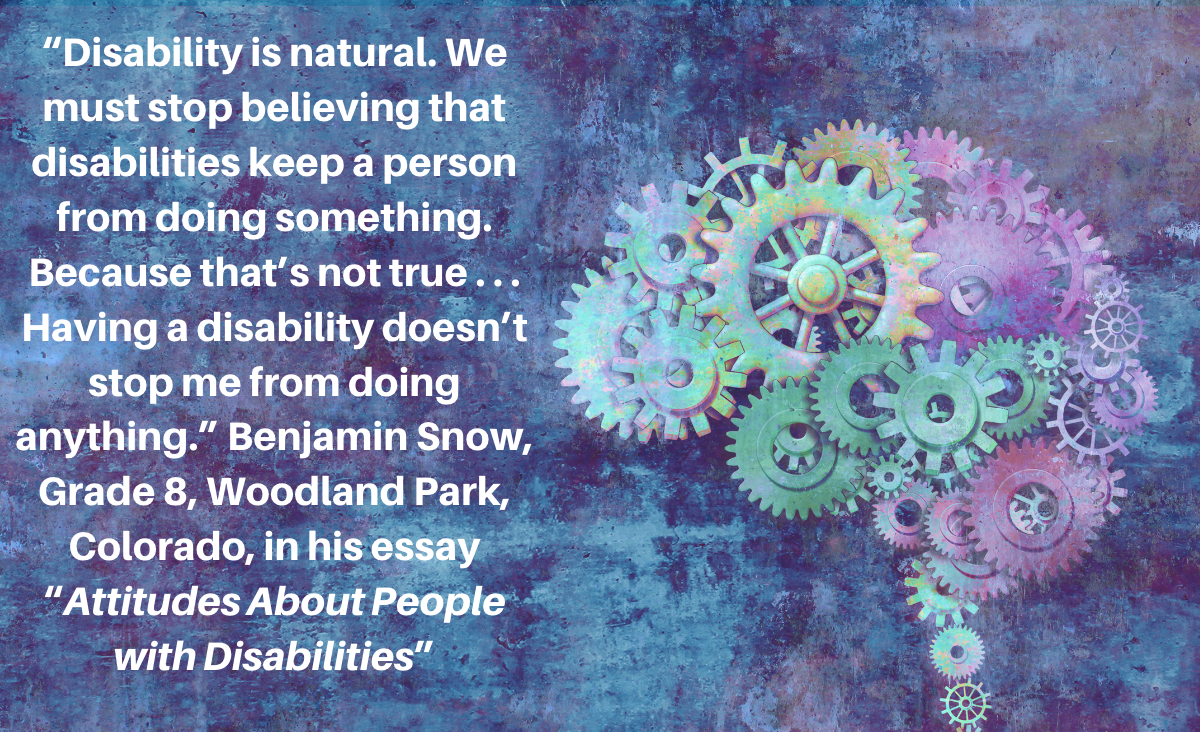Inclusive curriculum and assessment elevate historically marginalized voices. It includes opportunities to learn about power and privilege in the context of various communities and empowers learners to be agents of positive social change. It provides the opportunity to learn about perspectives beyond one’s own scope. It works toward dismantling systems of biases and inequities, and decentering dominant ideologies in education.
MTSS is, at its very core, a framework designed to support the use of inclusive curriculum and assessment to meet the needs of all learners. Within a tiered continuum of supports, educators have the opportunity to utilize a variety of appropriate curriculum and assessment strategies to meet the needs of all students, including those who need more and/or different means of reaching success.

Because a multi-tiered system of supports is not a prescriptive program to adopt, but rather a framework to guide school improvement, schools and districts have the autonomy to select inclusive curriculum and means of assessment that reflect the needs of the students they serve. The term “inclusive” means students feel reflected in the ways they learn and show what they know.
How does a culturally responsive-sustaining MTSS framework support inclusive curriculum and assessment?
- Districts have the autonomy to review and adopt curricula that best reflects the diversity and culture of their students, with input from educators and students. This freedom allows classroom educators “connect instructional content with the daily lives of students by using culturally specific examples (e.g., music, movies, text) that tap into their existing interests, knowledge, and youth culture” (p. 28).
- Educators are given the ability to make decisions about culturally responsive-sustaining means of assessment to ensure students are learning. Multiple ways of assessing learners are utilized, and these data points are regularly reviewed to make school-, grade-, and class-level decisions about instruction. Additionally, schools and districts are shown where to find evidence-based curriculum for particular subgroups, as well as review reliability and validity information for different assessment tools as they pertain to specific subgroups.
- Social-emotional learning materials and resources are incorporated into the learning environment. For example, Restorative Circles can be used to discuss topics of equity and inclusion.
Suggested websites and resources to explore for more information on inclusive curriculum and assessment include:
- Colorin Colorado – Teaching English Language Learners
- Gay, Lesbian & Straight Education Network (GLSEN) – Inclusive Curriculum Guide
- High Leverage Practices in Special Education
- National Center on Intensive Intervention – Identifying Assessments
- Region X Equity Assistance Center at Education Northwest - Culturally Responsive Teaching: A Guide to Evidence-Based Practices for Teaching All Students Equitably
- RIDE - High-Quality Curriculum Materials Review Tools
- Substance Abuse and Mental Health Services Administration (SAMHSA) - Behavioral Health Equity
- US Department of Education - Tools and Resources for Creating an Inclusive Environment for and Avoiding the Unnecessary Segregation of English Learners
- What Works Clearinghouse
